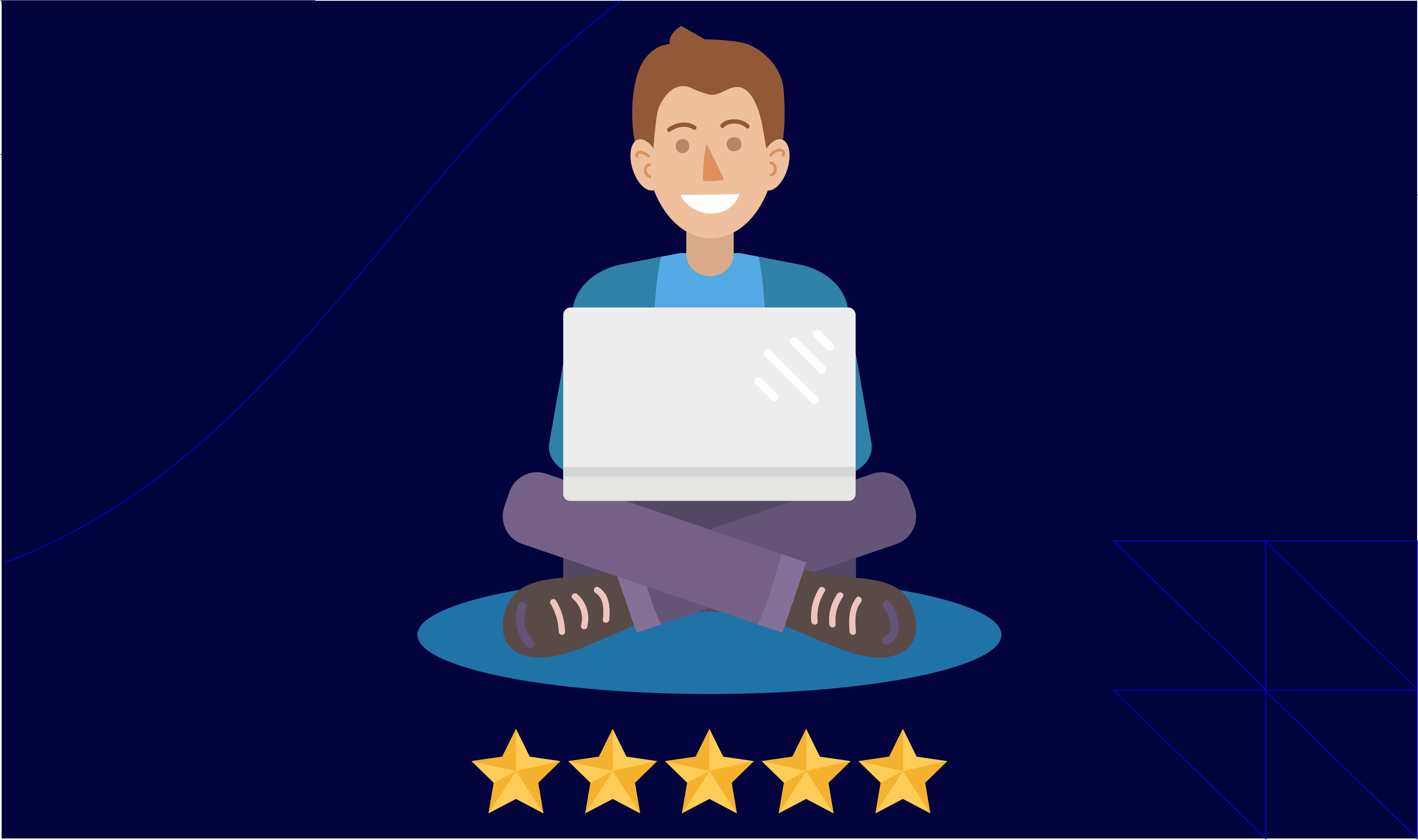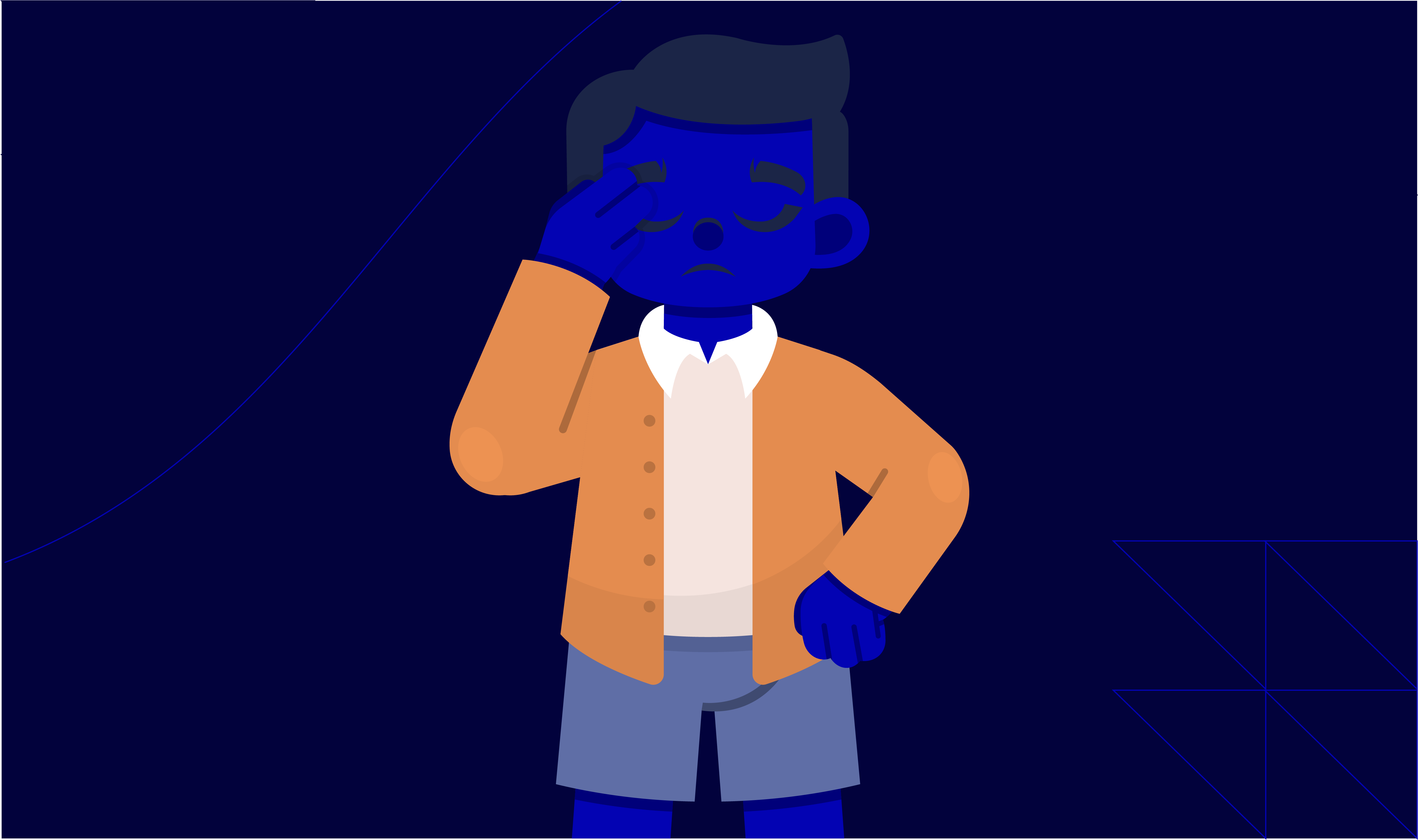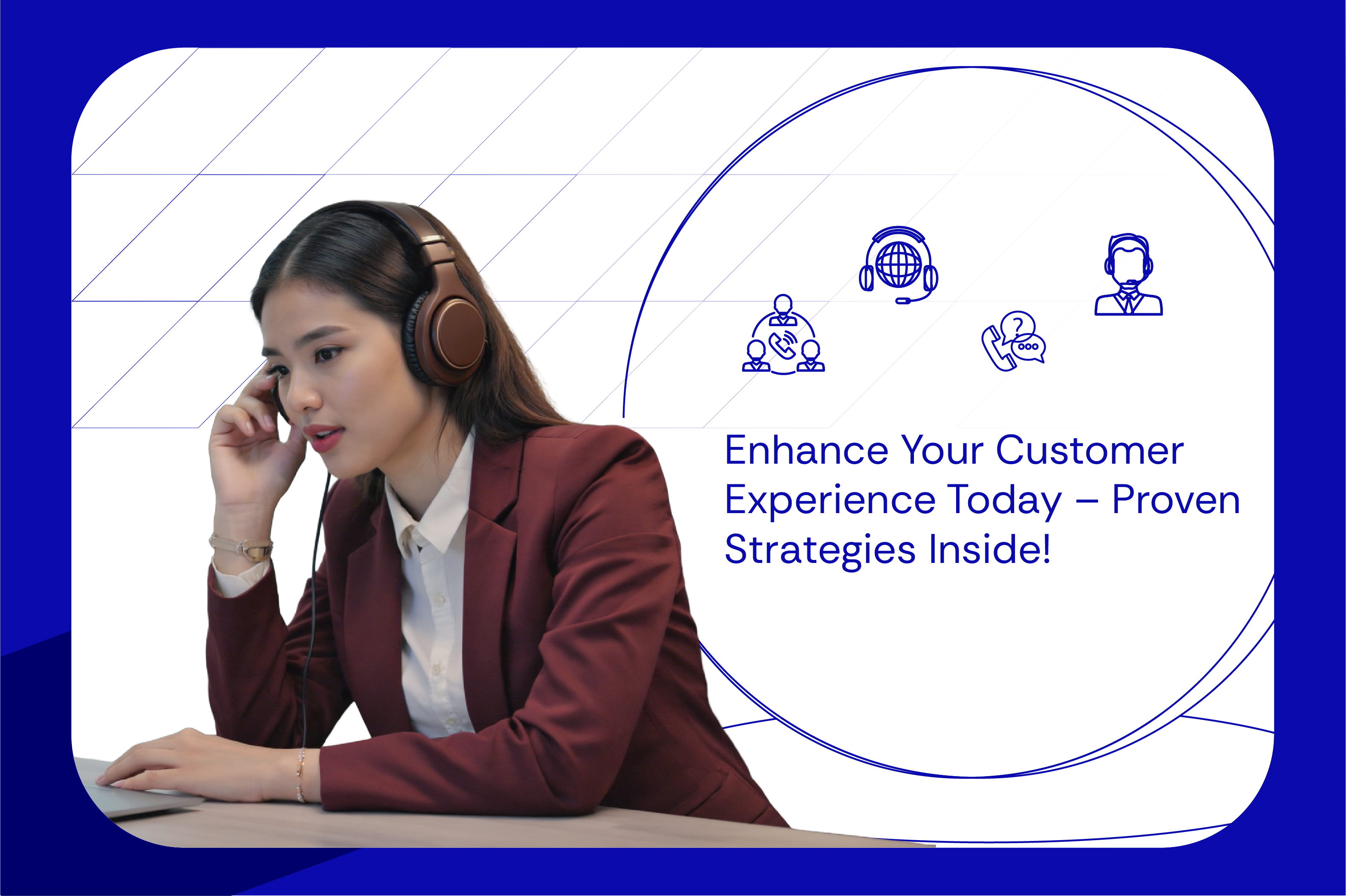Customer experience optimisation refers to enhancing how customers feel about your business at every point in their journey, from first awareness to purchase and ongoing support. This segment covers their first time learning about your business, making a purchase, and any support they receive afterwards. To boost CX, you can personalize interactions, act on feedback, empower employees and reward loyalty.
For CX leaders in consumer brands and D2C companies in the US, UK & Australia, customer experience strategies are important for business.You want your customers to buy more from you and even stay loyal. But, what’s the secret? Is there a way to achieve this?
The ONLY solution – Offer your customers an excellent customer experience (CX).
Yes, studies show that about 73% of customers base buying decisions on their experience with a brand. At the same time, a company loses about 25% of its customers daily because of bad experiences!
Furthermore, when customers feel valued, businesses see real benefits. This includes the potential to charge up to 16% more for products and services while also keeping customers longer.
So, want to learn the tricks behind customer experience optimisation? In this article, let’s check out five proven CX strategies to improve customer experience and understand how to measure it.
How to Enhance Customer Experience?

According to Bain and Company, bringing in a new customer costs 5–25x more than retaining an existing one. Also, businesses that focus on CX earn 60% more profits.
Thus, if you want customers to stay loyal, you need to improve their experience. Companies that focus on CX see 60% higher profits.
Below are five ways you can enhance CX with practical strategies:
1. Use Generative AI for Customer Interactions
Generative AI can let you provide predictive customer support. A virtual assistant can:
- Answer customer questions
- Predict what they might need next
- Be available at all times (24/7)
This type of technology is no longer a distant idea. Many businesses are already using AI to improve customer service and build trust with their customers in different ways:
- Attracting new customers (81%)
- Planning marketing campaigns (79%)
- Creating better customer experiences (75%)
- Defining target audiences (73%)
- Measuring campaign performance (69%)
Furthermore, customer support is one of the most common uses of AI, with 79% of business leaders already use or plan to use AI for customer service. For CX leaders, AI is more than a support tool — it’s a strategy to improve CX while reducing costs.
2. Improve CX with Personalisation
Customer experience strategies succeed when customers feel understood. Personalization goes beyond using a name in an email — it means tailoring offers, content, and recommendations.
For the unaware, personalisation means modifying experiences for each customer based on their interests and preferences. Commonly, this includes:
- Customised messages
- Product recommendations
- Special offers
A survey by Adobe found that most customers remember at least one positive experience with a business in the past six months. The more often they interact with a business, the more likely they are to remember good experiences. Many of these positive experiences happen because of personalisation.
Some simple ways to personalise customer experiences are:
- Checking in after a purchase to ask if they are satisfied
- Sending a helpful video explaining how to use a product
- Asking customers for a review to show that their opinions matter
Moreover, personalisation also increases sales. Studies show that 76% of customers consider personalized communication a key factor in brand choice. Additionally, 78% say they are more likely to buy again from businesses that personalise their experience.
3. Act on Customer Feedback in Real Time
Feedback is the backbone of CX strategies.
According to HubSpot CEO Brian Halligan, “Feedback is the breakfast of champions.” Customers always prefer businesses that collect and use their feedback. A study found that about 78% say they are more loyal to brands that do this.
Below are some ways to collect and use customer feedback:
| Ways to use customer feedback | Explanation |
| Ask for Feedback After Customer Service Interactions |
|
| Gather Product Suggestions |
|
| Use Customer Feedback for Website Improvements |
|
Ways to use feedback:
- Post-service surveys: Automate quick CSAT surveys after interactions.
- Product feedback loops: Ask customers how features help and what’s missing.
- Website optimization: Use on-site polls + A/B testing to refine digital journeys.
78% of customers say they are more loyal to brands that use their feedback.
4. Train and Support Employees
Employee experience (EX) drives CX. Be aware that employees play a direct role in customer experience optimisation. Research shows that businesses that focus on improving employee experience (EX) can increase revenue up to 50% higher revenue.
Thus, you should treat your employees as your business’s first customers. To create a positive employee experience, you can take the following steps:
- Collect employee insights:
-
-
- Most businesses often focus only on customer feedback.
- However, employees also see problems that customers may not mention.
- Thus, encourage your employees to share insights about what works and what needs improvement in business operations.
-
- Fix internal blockers:
-
- Many customer issues start with internal problems, such as:
- Outdated policies
- Many customer issues start with internal problems, such as:
or
- Inefficient systems
- By analysing both customer and employee feedback, you can find and resolve these problems.
- Automate repetitive work:
-
- Studies show that employees often spend more than eight hours a week on repetitive tasks and meetings.
- By using AI tools, you can automate most of their mundane tasks.
- By reducing repetitive work, you can improve employee morale.
Treat employees as your first customers as engaged employees create engaged customers.
5. Develop Customer Loyalty Programs
Loyalty programs are proven CX strategies for retention. Please note that rewarding customers for their continued support can lead to higher sales.
Research shows that customers spend 67% more when they are part of a loyalty program. As per the industry understanding, the longer a customer stays engaged with a business, the more likely they are to become loyal. This also leads to customer experience optimisation.
Types of Loyalty Programs
There are four main types of loyalty programs:
| Types | Explanation |
| Discount at Purchase |
|
| Buy X, Get 1 Free |
|
| Points or cashback |
|
| Personalized offers based on purchase history |
|
For customer experience optimisation, if you operate on a small scale, start with Type 1 programs as they require fewer resources. Later, as your business grows, you can move to Type 2, 3, or 4 (which offer bigger rewards and keep customers engaged longer). Start simple (discounts, free products), then scale into data-driven programs that increase retention.
How to Measure Customer Experience?

To check whether your CX strategies are working, track KPIs regularly:
1. Customer Satisfaction Score (CSAT)
CSAT is a survey. It asks customers how satisfied they are with a product or service. Customers usually rate their satisfaction on a scale (e.g., 1 to 5, where 1 is “very dissatisfied” and 5 is “very satisfied”).
By sending CSAT surveys after a customer service interaction, you can understand if your customer experience enhancement work is going strong.
2. Net Promoter Score (NPS)
NPS measures how likely a customer is to recommend a business to others. In this technique:
- Customers rate their likelihood on a scale of 0 to 10
- Scores of 9 or 10 mean the customer is very satisfied
- Scores below 5 indicate dissatisfaction
A high NPS suggests customer experience optimisation and strong customer loyalty.
3. Customer Effort Score (CES)
CES evaluates how much effort a customer has to put in to complete a task, such as:
- Making a purchase
- Getting customer support
- Initiating a refund request
Low effort = higher loyalty. The easier it is for customers to get what they need, the more likely they are to return. A high-effort experience (such as long wait times or confusing processes) discourages repeat business.
CX Giving You a Headache? Outsource to Atidiv Today!

If you as a business owner want to grow revenue and keep your customers loyal, give your customers an exceptional CX. Several studies show that most customers base their buying decisions on their experiences. And, if you focus on CX, you can earn more profits by charging a premium.
For customer experience optimisation, you can:
- Use AI for customer interactions
- Personalise services
- Act on customer feedback
- Train and support your employees
- Create loyalty programs
Lastly, keep measuring CX through surveys like CSAT, NPS, and CES to track progress.
Improving customer experience doesn’t have to overwhelm your team. But why struggle when Atidiv can do it for you?
We at Atidiv are CX specialists who offer fast customer support across multiple platforms. Our team can easily handle high query volumes and even after-hours responses.
Atidiv helps consumer and D2C brands in the US, UK and Australia scale customer support and CX strategies with measurable outcomes:
- 98% QA score and 4.8 CSAT across 200K+ interactions
- 15+ years of global CX expertise
- 60% cost savings for clients across 70+ partnerships
Whether you need omnichannel support, predictive engagement or AI-backed CX strategies, Atidiv helps you improve CX while you focus on growth.
Stop stressing over CX. Pass it to Atidiv and you focus on growing your business!
FAQs on Customer Experience Optimisation.
1. I don’t have time to focus on customer experience optimisation. How can I manage it easily?
Start with AI chatbots, automated surveys and loyalty programs. Or outsource CX to Atidiv for round-the-clock support.
Alternatively, you can outsource CX to experts like Atidiv. This saves you time and ensures top-quality service (while you focus on growing your business).
2. How can I get customer feedback without annoying them?
Use one-question surveys, polls or small incentives instead of long forms.
3. What’s the easiest way to make my customers feel special?
Personalization: Use names, send tailored offers and follow up after purchase. Even small gestures significantly improve CX.

